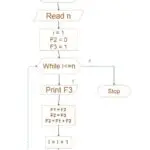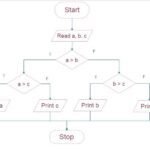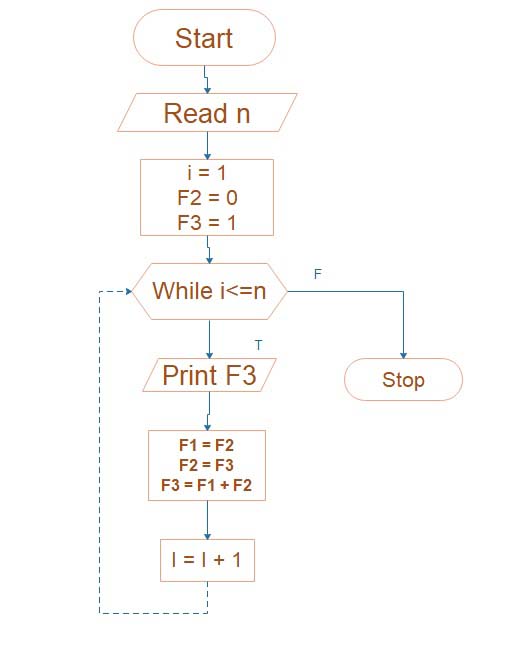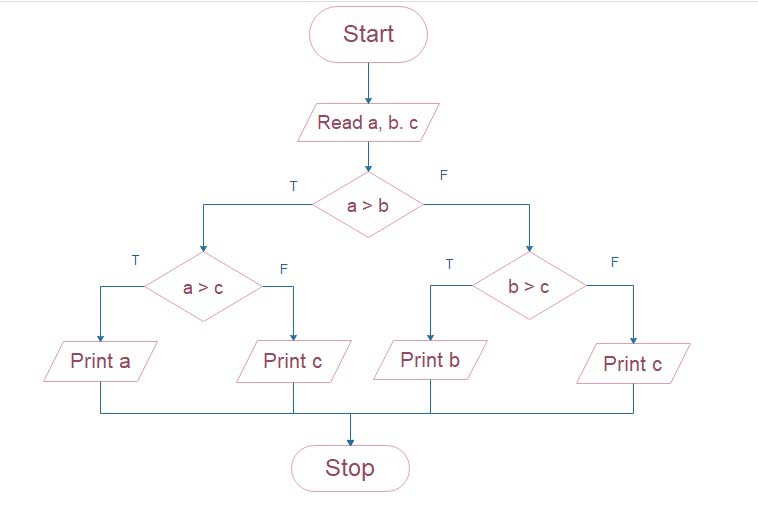Pointing | Types of Pointing…?
Pointing
It is Pointing used to denote the finishing of mortar joints either in stonemasonry or brick masonry

Pointing is carried out as follows
- The joints to be covered by pointing are raked to a depth of 15mm.
- The dust is removed by using brushes.
- Some joints, so that the wall surface is well washed also kept wet for fewer hours before pointing.
- The mortar is placed in the joints in the desired shape.
Object / Advantages
- To prevent rainwater or dampness in the joint.
- Protects the joint from the adverse effect of the atmosphere
- To improve the appearance of the surface structure
- To prevent the entrance of dust also dirt at the joint.
- To identify the defective workmanship of joints
Types of pointing
- Flush pointing
- Cut or weathered or struck pointing
- V-grooved pointing
- Keyed or grooved pointing.
- Tuckpointing
- Beaded pointing

Flush pointing
- This is the simplest type of pointing
- Extensively used in brickwork and stone masonry work
- In this type, the mortar is pressed toward the raked joints including finished off including the edges of the bricks either stone
- It gives a smooth appearance
Cut or weathered or struck pointing
- During that type, the mortar is first pressed toward the raked joints.
- While the mortar is still green, the top of the horizontal joints is neatly pressed back by 3 to 6 mm. with the pointing tool.
- Each joint is finished sloping the head of the joint on its bottom.

V-grooved pointing
- This type of pointing is comparable to keyed grooved pointing by pleasantly shaping the edge of the steel rod to be used for forming the groove.
Keyed or grooved pointing
- In this type, that mortar is pressed toward the raked joints and finished off flush with the single face of the wall.
- A groove is made by running the bent edge of a small steel rod (6 mm in diameter) straight along the middle of the joints.
- The vertical joints do also finished in an identical manner













